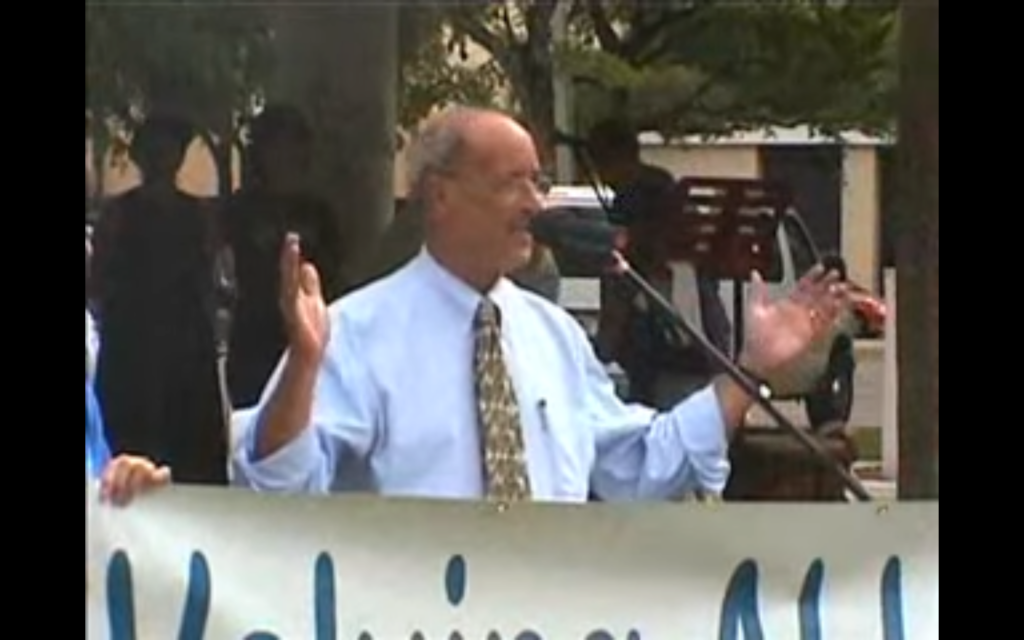One Laptop Per Child (OLPC) has become well-known for its plan to distribute huge quantities of laptop computers to children in the developing world. The non-profit organization aims to improve education by providing inexpensive (US$100) laptops to schoolchildren. The innovative XO laptop design is rugged, it can access the Web easily, and it can serve as an e-book reader allowing schoolchildren to have access to an entire library of e-books for just the price of the laptop.
OLPC has come under a great deal of criticism, particularly from those who say that far more basic things are needed in the schools of developing countries, that laptops are a luxury. BBC quotes the Nigerian minister of education as saying, “What is the sense of introducing One Laptop per Child when they don’t have seats to sit down and learn…?” OLPC replies that small, incremental changes have not changed the educational situation in many developing countries, and then challenges those countries to think big: “You’ve got to be big, you’ve got to be bold. And what has happened is that there has been an effort to say ‘don’t take any risks – just do something small, something incremental’,” says Walter Bender of OLPC in an interview with BBC. Link.
In a brilliant publicity stunt, OLPC invited anyone in North America to buy the XO laptop for themselves — for $400, you get your own XO, and OLPC sends one to a child in a developing country. I took advantage of this offer myself (you can, too, if you do it before December 31). While the XO won’t solve all education problems, I believe it could be an important and cost-effective part of an overall strategy for improving education. And of course, they look so cool that I want one for myself. Indeed, the BBC reports that “the sheer amount of features crammed in to the device combined with its low price may mean questions start to be asked of PC makers who typically charge a premium for portability” (link) — i.e., the XO could change the way we all think about laptop computers. Not surprisingly, both Microsoft and Intel are seeing the XO as a threat to their profit centers. Microsoft is coming out with a version of their propietary operating system that will run on the XO (currently, all software on the XO is free and open-source); and Intel got worried enough that they began developing their own version of the XO which they call the “Classmate” (they have now united with OLPC). Nigeria may scorn the XO, but Bill Gates is taking it seriously.
Of greatest interest to me was the news that, according to the BBC, Walter Bender has acknowledged that “OLPC had done a deal with Birmingham, Alabama, in the US, to provide the laptop for schools in the city.” I’ve been waiting for this to happen: forget Nigeria, we need the XO in the United States! For example, here in New Bedford there are plenty of families who cannot afford a computer at home, let alone afford to buy a laptop for each of their children. This lack of access to computers can present serious educational obstacles for kids, particularly those who want to go on to college. I’d love to start a “One Laptop Per New Bedford Child” program. Again, it won’t solve all our educational problems, but it might get some more kids through college — right now, the percentage of college graduates in New Bedford is an appallingly low 11%, less than half the national average. However, I predict that the response of New Bedford politicians will be much like that of the Nigerian politicians; like Nigerian politicians, New Bedford politicians are generally risk-averse and generally unwilling to take bold action on education.
One last thought: I also believe that one reason the XO will be successful in schools is that it is a totally cool machine. I liked it enough that I ordered one for myself — my dad did, too. But don’t take my word for how cool it is, see for yourself:– the BBC has 9 video clips of the XO laptop in action, including shots of schoolchildren in Nigeria using them. Link.
P.S. Looks like for a mere $29,900, you can donate 100 XO laptops, and designate that they go to New Bedford: Link.


